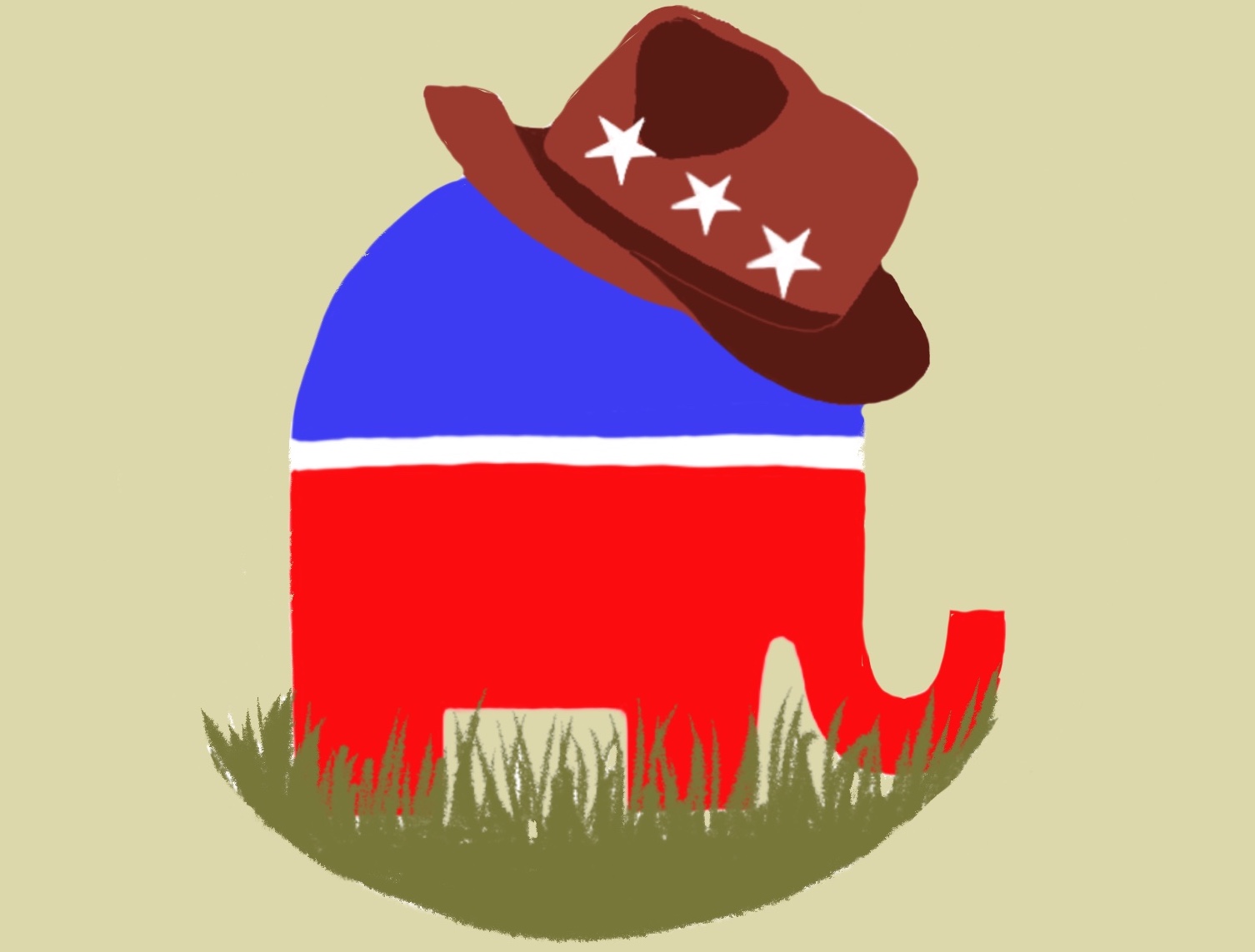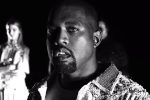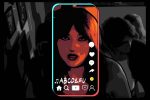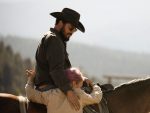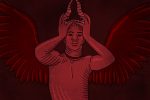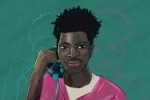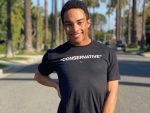The character of the cowboy is officially back with references to cowboy culture, the country and all things western seemingly everywhere.
In popular music, outright references were made in the naming of both Miski’s 2018 album “Be the Cowboy” and Mac Demarco’s May 2019 release, “Here Comes the Cowboy.” The past couple of years have also seen the rise of country singers Kacey Musgraves and Mason Ramsey into the limelight. Even more recently was the mind-blowing success of the crossover country-hip hop single “Old Town Road” by Lil Nas X.
These students turned up with Lil Nas X for a performance of ‘Old Town Road’ in their school 🐴 pic.twitter.com/UH82WZI0UU
— NowThis (@nowthisnews) June 9, 2019
But, music isn’t where this cowboy trend stops. A slew of articles in 2018 by outlets such as I-D Magazine and GQ discussed the appearance of cowboy boots in high fashion. Later, attendants of Coachella 2019 were seen imitating those same high fashion looks. In film, the recent comedy “Book Smart,” displayed cool-girl Hope flaunting a Western-style fringed jacket. And I could never forgive myself if I didn’t mention the “yee haw” memes.
Accompanying the popularity of cowboy boots and hats has been a flashy twist: pieces often come covered in sparkles or in shades of neon, marking them as distinct from everyday ranch-wear. This glamorized take on all things “cowboy” is a radical departure from the often rough and dirty lifestyle that cowboy boots and hats were once associated with. The breadth of the country look now spans from mudding and hoedowns to nightclubs and themed parties.
The recent western trend isn’t the first time the cowboy has been glamorized. No doubt, American fashion in the 2010s has largely been a recycling of the last decades of the 20th century. Western-style looks, in particular, rose to popularity in the fashion scene in the late 1970s. At that time, the formality of western wear fell in line with changing fashion trends, which took a departure from the bolder styles that marked the beginning of the decade. The move to conservative dress in fashion also coincided with a turn toward political conservatism in the U.S.
It appears the same is happening now. As any American not living under a rock knows, the Obama presidency from 2008 – 2016 marked an era of liberalism. After the election of Donald Trump, the U.S. government is now conservative in both the executive and judicial branches. Since then, massive conservative movements on both the national and state levels have worked to undermine previously granted freedoms. The blocking of gun control laws, the struggle over the bathroom rights of transgender people and the passage of anti-abortion laws in southern states like Alabama and Georgia are a few examples.
While it’s easy to brush-off the coexistence of the cowboy and American conservatism as a coincidence, science says otherwise. Pop culture and politics are linked, meaning that popular trends have the power to influence political beliefs, and vice versa. Just as in the 70s, it’s possible that the trend toward conservatism in politics is having an impact on the way people choose to dress and create or consume media. But is the image of the cowboy really linked to conservative culture?
No doubt the heroes in Western films were always in support of open carry and the patriarchy and often displayed racist or homophobic sentiments. Just take a look at John Wayne.
These ties extend beyond film. Before the cowboy re-appeared in the mainstream only a few years ago, cowboy boots and buckled belts in media were often seen displayed in articles about the Confederate flag. Confederate flag-supporting radicals aren’t the only people who rocked the look. Fred Waldron Phelps, the former pastor of Westboro Baptist Church, was known for sporting a cowboy-style hat. Republican Secretary of Energy and former Texas governor Rick Perry was so into bolo ties that he made them the official state tie in 2007.
In 2019, the cowboy look has burst out of a strictly conservative sphere and made its way into the wardrobes and playlists of people on every end of the political spectrum. Stars such as Mason Ramsey are packing concerts with everyone from die-hard country fans to internet kids who love a solid meme. In a radically divided country, all things western are the one topic on which everyone seems to agree.
Anyone jumping on the Western wear bandwagon might attempt to justify the trend as a way of renovating or even mocking the cowboy and its ties to conservatism. Especially rising advocates of racial equality who are tired of seeing images in popular culture be whitewashed, including the cowboy.
The evolution of the success of Mason Ramsey from being a nobody in an entertaining video to a massive star has proved that this trend is no joke: it’s as legitimate as they come. Loving anything country-related no longer needs to be “ironic.” And so, the “yee haw” has moved past the references to problematic country boys to become a commonly used slang exclamation.
Where should I crowd surf next? pic.twitter.com/cFWck8QhfL
— Mason Ramsey (@masonramsey) April 26, 2019
Which begs the question: Has the growing embracement of all things cowboy allowed more people to also embrace conservative culture? Or has the cowboy been reclaimed by people in the LGBTQ community, like James Charles, and people of color like Lil Nas X?
The things you wear and consume influence how you think. Only a few years ago dressing in Western wear reflected a radically conservative way of thought. It’s unclear how playing the role of the cowboy today is impacting the ideologies of Americans.
What is clear is that this trend isn’t worth the social risks. As a country battling homophobia, racism and misogyny, it’s time for American pop culture to say farewell to the cowboy and move onto trends that unquestionably advance social and political equality.


